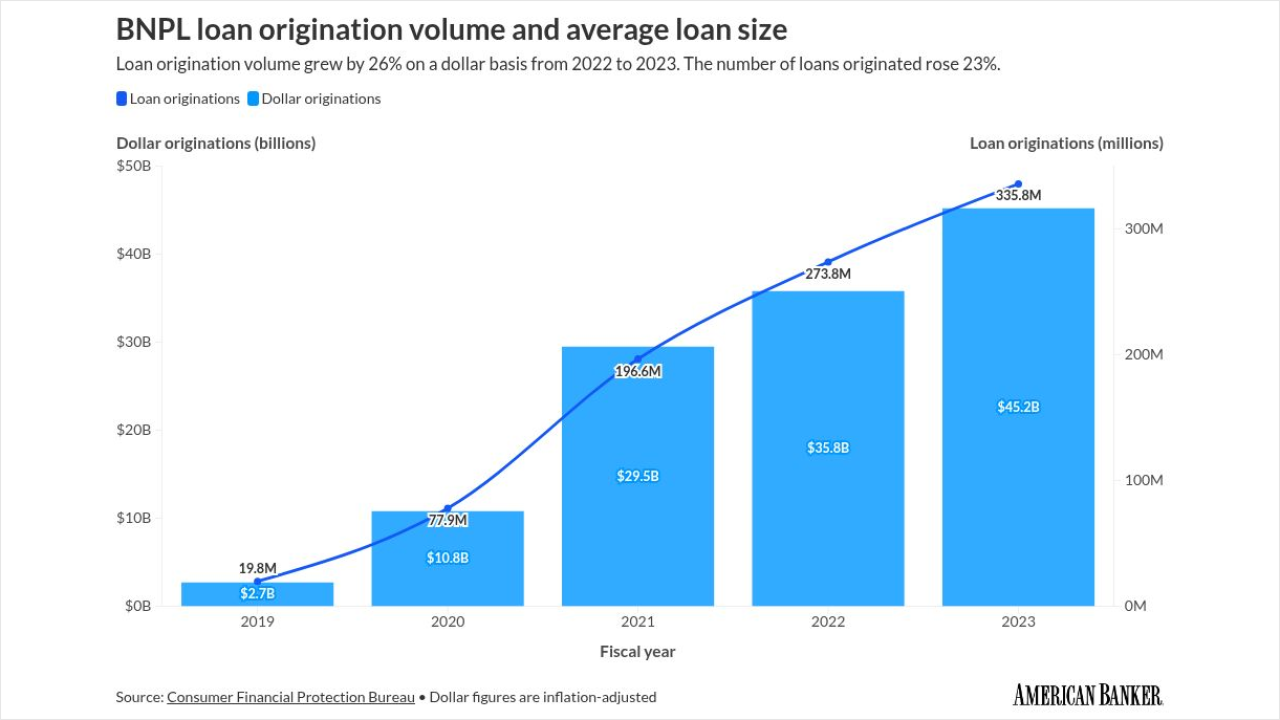The battle between
Bitcoin and similar digital currencies are often portrayed as enablers of faster payments, but there are other ways to execute fast international transfers, according to Matt Oppenheimer, cofounder and CEO of Remitly, which is building a network of integrations with local banks. This system provides blockchain-like utility without the regulatory baggage, Oppenheimer said.
"If you have that bank network you can do the things blockchain is trying to do and deliver funds instantly," Oppenheimer said.
Remitly has long talked up
Remitly's strategy is to build a local network of agent locations, buoyed by relationships with local banks. On Tuesday, Remitly added Canada as a sender country, pairing it with the U.S., and it also received a $38.5 million infusion from a Stripes Group-led team of investors.
Canada is home to more than 7.4 million immigrants who transfer more than $23 billion annually, including $2.9 billion to India and $2.1 billion to the Philippines, according to the World Bank.
"Our strategy has been to focus on the largest corridors," Oppenheimer said. "It's easy to get caught up on the hype in this industry...but it's really about focusing on where the customers and cash flow is."
Companies that are relatively new to the remittance market often use
There are limitations to relying on blockchain to power remittances, according to Gareth Lodge, a senior analyst at Celent.
"While I think we all agree that blockchain and distributed ledgers hold significant promise, equally they’re not yet today likely to fully replace the existing rails," Lodge said, adding there are still questions about throughput, although cross-border volumes aren’t generally measured in transactions per second.
"Notification that the funds have been delivered, etc., is critical, and that messaging layer isn’t generally a feature of blockchain," Lodge said.
Remitly is not opposed to blockchain or virtual currency outright—Oppenheimer said the technology can add speed to transactions and make cash available faster. But Remitly's focus is on integrating directly with local banks' core processing systems and collaborating with local distribution networks to take costs and time out of transactions.
These ample in-country networks also address "know your customer" rules, fraud prevention and other risks associated with remittances, Oppenheimer said.
“People want to access money quickly and safely. They’re not really concerned about how,” Oppenheimer said.
Talie Baker, an analyst with Aite Group, said many remittance companies she has spoken with are building their own integrations to banks to support constant transfers in just a few hours, depending on time zones.
"Those remittance companies using blockchain still have to build integration to connect the blockchain and also have technology that allows them to trade bitcoin," Baker said. "So while blockchain has some advantages, it is not mainstream yet for remittances."
There are challenges, Baker, said, noting that it takes time and money to jump the hurdles in
"There are companies like PayCommerce, Earthport and Ripple that have already developed integration and relationships with banks in various markets," Baker said. "Remittance companies can partner with these types of companies to more easily enter new markets."





